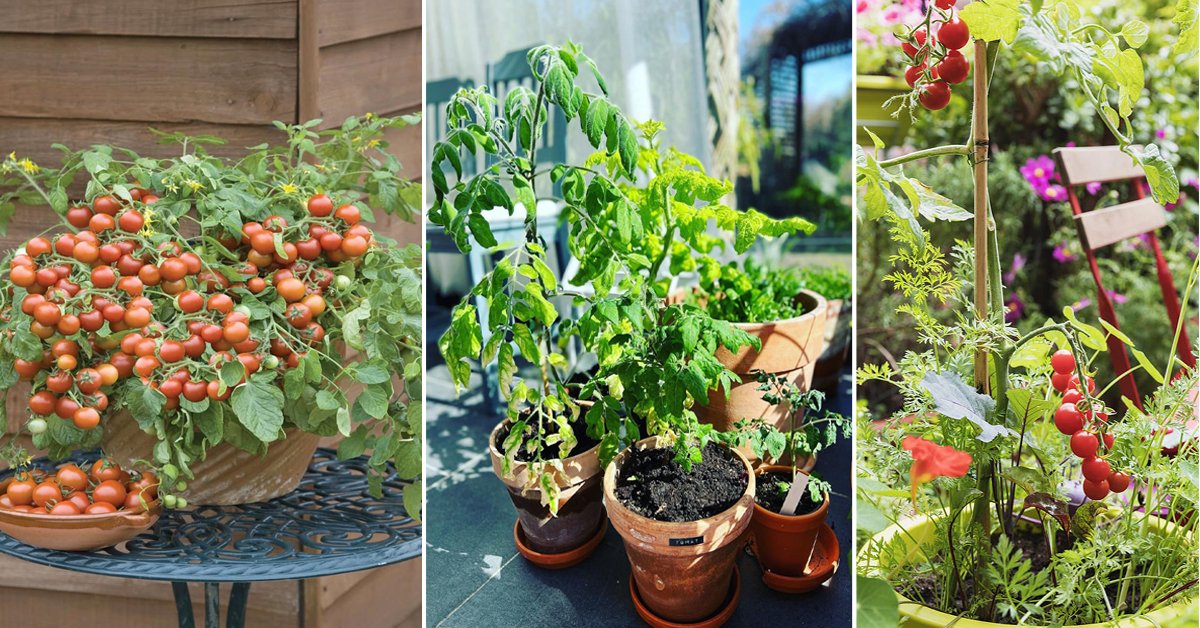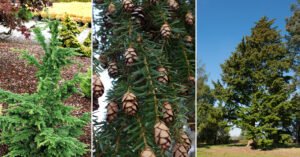
Tennessee State Fruit :How to Grow It
The state fruit of Tennessee grew peaches and apples, does one know what the state fruit is? Find out about the Tennessee state fruit and the way to grow it!

The word tomato comes from the Spanish tomato, which successively comes from the Nahuatl word tomato meaning ‘swelling fruit’also ‘fat water’ or ‘fat thing’.The native Mexican tomatillo is tomato. When Aztecs began to cultivate the fruit to be larger, sweeter and red, they called the new variety tomato. The precise name lycopersicum is of Greek origin (Wolves-Persians; lykopersicon), meaning ‘wolf peach.State Fruit: Tomato, (Lycopersicon lycopersicum) was designated the official state fruit of Tennessee in 2003.
![]() Kingdom: Plantae
Kingdom: Plantae
Order: Solanales
Family: Solanaceae
Genus: Solanum
Species: S. lycopersicum
Botanical Name: Solanum lycopersicum /
(Lycopersicon Lycopersicum)
Year Adopted: 2003
USDA Zones: 5-8
Tennessee State Fruit
- The tomato, scientifically known as the Lycopersicon lycopersicum, was designated as Tennessee’s official state fruit by Chapter 154 of the Public Acts of 2003.
- The nutritious Tomato is a member belonging to the family of Nightshade and is native to America. It originated in Peru.
- Arkansas and Ohio recognize this fruit as their state symbol, too.
- Although Tomato is considered a vegetable but botanically, it is a fruit.
- Tennesseans take pride in their tomatoes and express their respect for the fruit each year during the growing season from June-October.
- The pink-colored, large tomato fruits from the Tennessee heirloom are juicy, meaty, and delicious. Each fruit weighs around 1.5-2 pounds and makes excellent salsa.
Tennessee State Fruit and How to Grow It
Grow a healthy tomato plant with the right kind of care:
Grow Tomatoes
Tomato grows best fully sunlight,at least 6-8 hours daily, soil need to be loamy and well-drained with a pH between 6.0 t-6.8. The seeds have to be planted 2-3 feet apart and 1/4 inch deep.It can grow 10 feet high and 1-4 feet wide and also the seeds’ germination rate at temperatures between 70-75 °F or 21-23.889 °C.It best thrives in temperatures between 65-75 °F or 18-23 °C.
Best Soil for Tomatoes
Tomato growing soil should be loamy and well drained rich in humus. The fruits get their flavor from the soil. They grow like wine. There is a listing of potting mixes you will be able to use to grow tomatoes, including earthworm castings, compressed organic potting soil and sphagnum bog moss. Premium quality peat-based potting compost may work well.
How to Fertilize Tomatoes
Tomato must be fertilized once you plant it within the garden. After the love apple is matured, add a lightweight fertilizer once all to 2 weeks until the primary frost. Then, you will wait until it starts in touch fruits to fertilize again. Use a liquid fertilizer high in an exceedingly phosphorous ratio of 4-7-10 or 3-4-6 (NPK) once every 14-20 days. Alternatively, compost tea may be an honest choice employing a worm casting tea.
Water Tomatoes
Watering the full plant can cause pests and diseases to attack the plant and kill it. When watering tomatoes, it’s best recommended to use water on to the roots than from above. Early during the growing period, you will must water the plant daily within the morning. With increasing temperatures, you’ll must water it twice daily. Garden tomatoes usually need 1-2 inches of water weekly, and container tomato plants require more water.
How to Prune Tomatoes
Prune side stems right below the first cluster of fruits to boost growth. As the plant matures, the lower leaves also start to yellow. Remove all the decaying, old, damaged, diseases-affected parts of the plant. Prune or pinch the yellow leaves to prevent diseases and improve the plant’s fruit production.
Pests and Disease Problems
Some common tomato pests are the tomato bug, stink bugs, cutworms, tomato hornworms and tobacco hornworms, aphids,white flies, tomato fruit worms, flea beetles, tetranychid, slugs. The tomato russet mite, Aculops lycopersici, feeds on foliage and young fruit of plants, causing shrivelling of leaves, flowers, and fruit, possibly killing the plant.When insect attacks the tomato plants produce systemin, a plant peptide hormone. Systemin discharge defensive mechanisms, slightly just like the assembly of protease inhibitors to slow the expansion of insects. The hormone was first identified in tomatoes, but similar proteins are identified in other.





Iam visiting this type of website first time ,i like too much and iam a farmer i like gardening so iam thankful to you it’s amazing knowledge for gardners
Excellent post. I was checking continuously this blog and I am impressed! Extremely useful info specifically the last part 🙂 I care for such information a lot. I was looking for this particular information for a long time. Thank you and best of luck.
Thank you so much,I’m trying to my best .
Regards
Plantwisperer.com
Your article helped me a lot, is there any more related content? Thanks! https://www.binance.com/bg/register?ref=WTOZ531Y
Your point of view caught my eye and was very interesting. Thanks. I have a question for you. https://accounts.binance.com/zh-CN/register?ref=V2H9AFPY